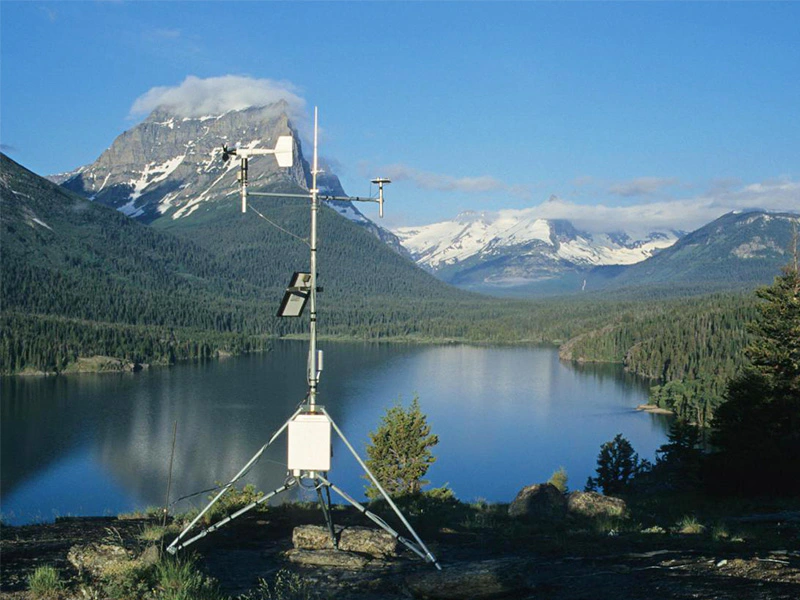
# Meteorological Station: Definition and Functions
## What is a Meteorological Station?
A meteorological station, also known as a weather station, is a facility equipped with instruments and devices designed to measure and record various atmospheric conditions. These stations play a crucial role in weather forecasting, climate research, and environmental monitoring by collecting data on temperature, humidity, wind speed and direction, atmospheric pressure, precipitation, and other weather-related parameters.
## Key Components of a Meteorological Station
A typical meteorological station consists of several essential components:
– Thermometers for measuring air and ground temperature
– Hygrometers for measuring humidity levels
– Anemometers for measuring wind speed
– Wind vanes for determining wind direction
– Barometers for measuring atmospheric pressure
– Rain gauges for measuring precipitation
– Pyranometers for measuring solar radiation
## Functions of Meteorological Stations
Meteorological stations serve multiple important functions:
### Weather Forecasting
The primary function of meteorological stations is to provide accurate data for weather forecasting. By continuously monitoring atmospheric conditions, these stations enable meteorologists to predict weather patterns and issue warnings for severe weather events.
### Climate Monitoring
Meteorological stations collect long-term climate data that helps scientists understand climate patterns, detect climate change, and study its impacts on the environment.
### Agricultural Applications
Farmers rely on weather station data to make informed decisions about planting, irrigation, and harvesting, helping to optimize agricultural productivity.
### Aviation Safety
Airports maintain meteorological stations to provide pilots with critical weather information for safe takeoffs, landings, and flight planning.
### Environmental Research
Scientists use data from weather stations to study various environmental phenomena, including air quality, pollution dispersion, and ecosystem changes.
## Types of Meteorological Stations
Meteorological stations can be classified into different types based on their location and purpose:
– Surface weather stations
– Upper-air stations (using weather balloons)
– Marine weather stations
– Automatic weather stations (AWS)
– Remote sensing stations (using radar and satellites)
## Importance of Meteorological Data
The data collected by meteorological stations is vital for numerous sectors, including agriculture, transportation, energy production, disaster management, and urban planning. Accurate weather information helps societies prepare for and mitigate the impacts of extreme weather events, ultimately saving lives and reducing economic losses.
As technology advances, meteorological stations continue to evolve, incorporating more sophisticated instruments and automated systems to provide increasingly precise and timely weather information. These improvements enhance our ability to understand and predict atmospheric phenomena, contributing to better decision-making across multiple industries and helping humanity adapt to a changing climate.
Keyword: what is meteorological station